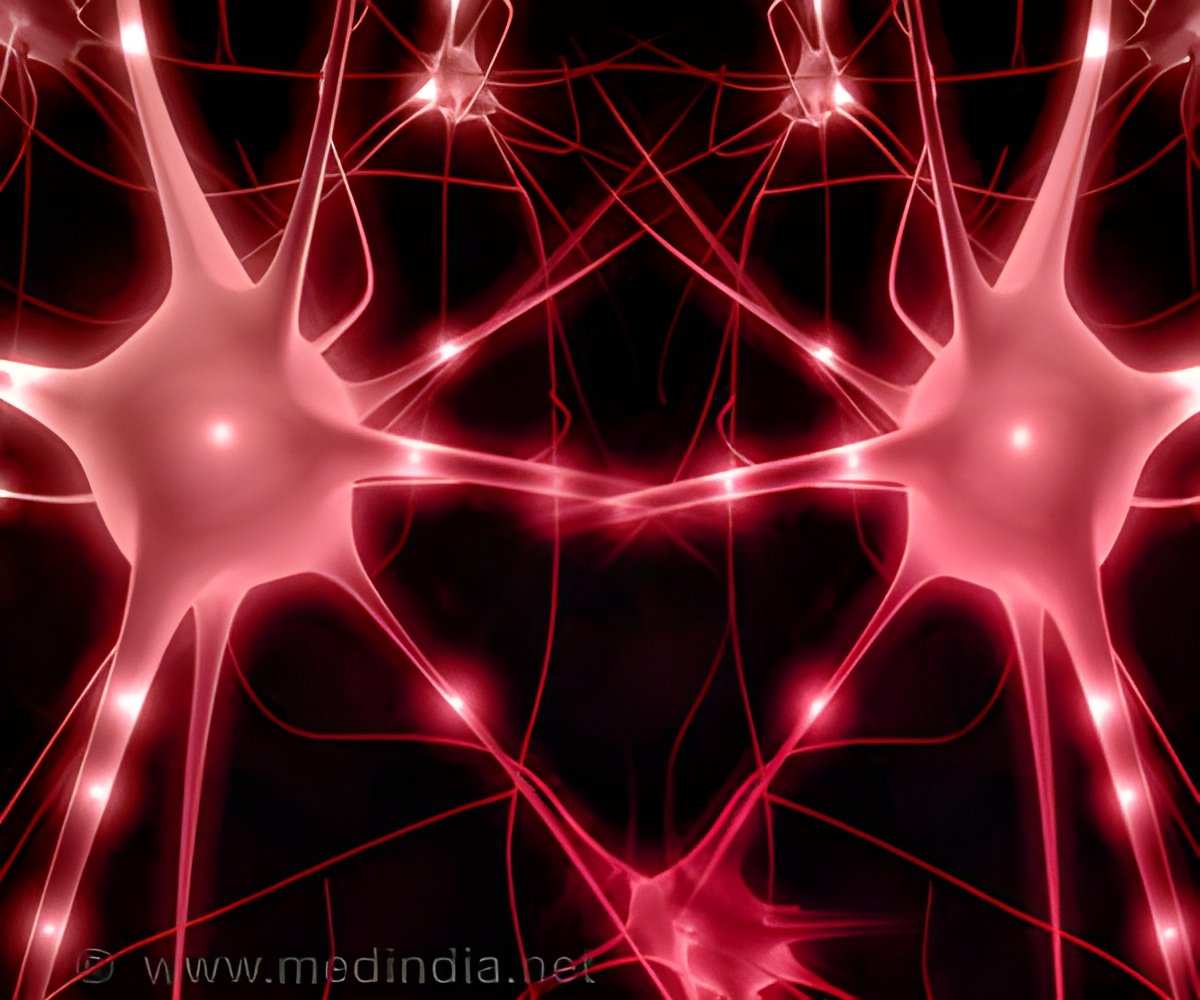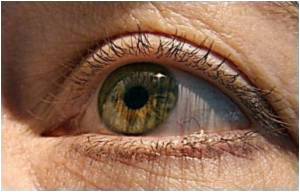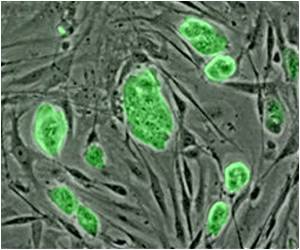Following peripheral nerve damage, complete regeneration is usually very difficult, though microsurgical techniques have vastly increased the success rate of surgery to repair the injured nerve.

Consequently, many techniques, such as particle technology, stent technology and coated cells, have been used to acquire the maximum effect of exogenous NGF by maintaining its activity and release so it can have its desired effects in peripheral nerve regeneration for a longer period. Dr. Shengzhong Ma and co-workers from Shandong University in China used a silicon nerve conduit to bridge a 15 mm-long sciatic nerve defect and injected a mixture of NGF and fibrin glue at the anastomotic site of the nerve conduit and the sciatic nerve.
They found that NGF-containing fibrin glue membrane significantly increased p75NTR mRNA and protein expression in the Schwann cells at the anastomotic site. These results, published in the Neural Regeneration Research (Vol. 8, No. 36, 2013), indicate that NGF-containing fibrin glue membrane can promote peripheral nerve regeneration by up-regulating p75NTR expression in Schwann cells.
Source-Eurekalert










